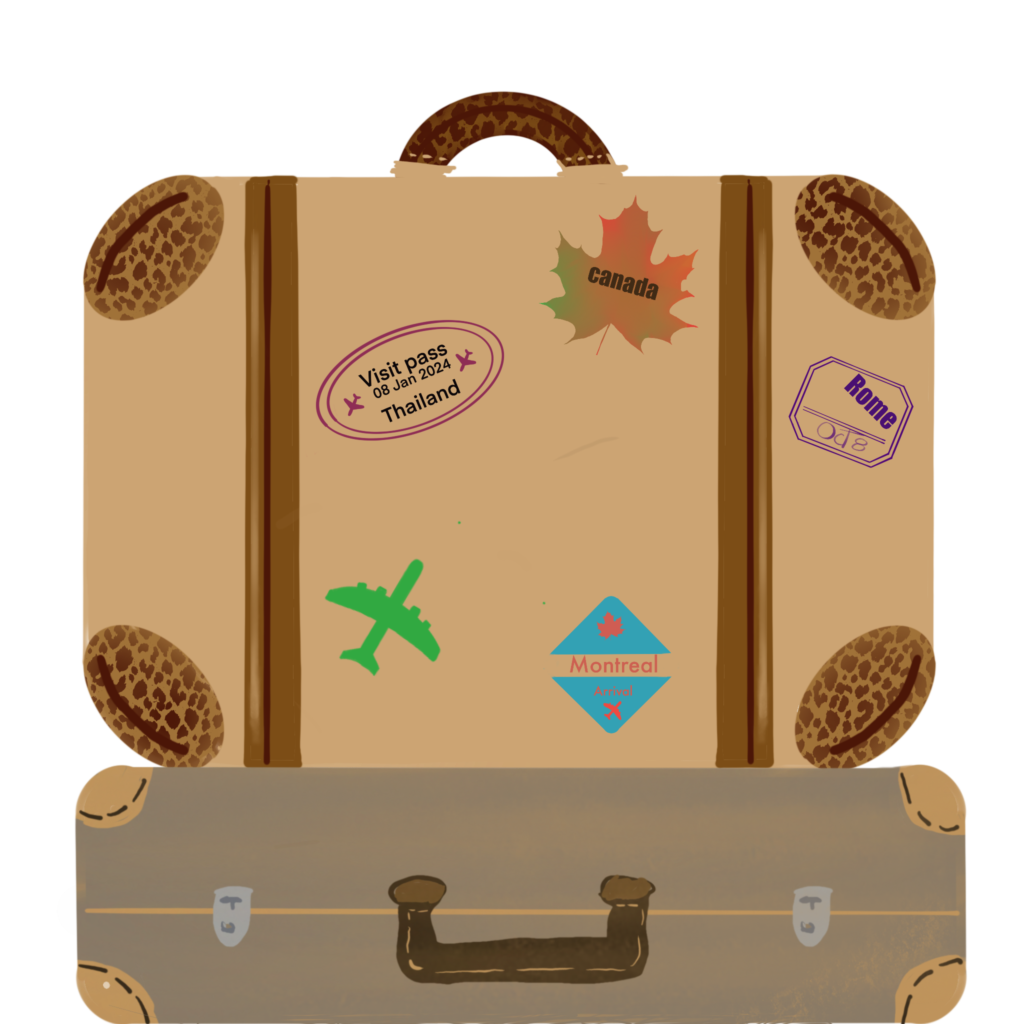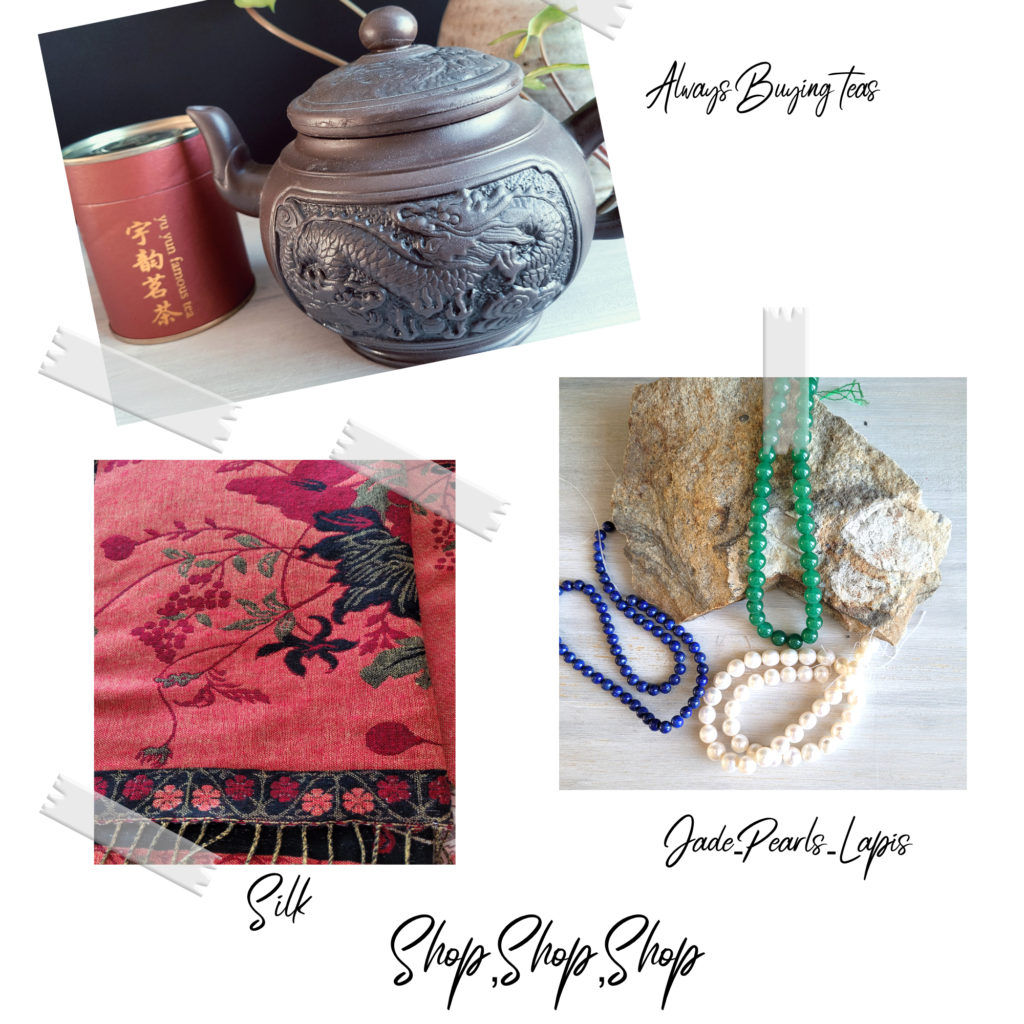Beijing - What to do
Beijing, China, is an amazingly diverse and captivating city that offers visitors many exciting travel opportunities. The city is home to world-renowned landmarks such as the Great Wall of China, the Forbidden City, and the Temple of Heaven.
These iconic destinations attract visitors from all over the world who are eager to experience this region’s rich cultural history.
Additionally, it has a vibrant and exciting modern side with trendy shops, delicious cuisine, bustling markets, and a thriving nightlife scene. The city’s unique blend of ancient traditions and modern innovation make it an excellent destination for travellers of all ages and interests.
Whether you seek adventure, relaxation, or cultural immersion, a trip to China will surely be unforgettable and leave you with cherished memories for years.

Visiting around Beijing
I travelled with my family to China, and the excursion was unforgettable – nothing short of spectacular. The city is mesmerizing, steeped in rich history and culture.
We knew we were in for a fantastic adventure when we set foot on Beijing’s soil. The local attractions, including the Great Wall and the Forbidden City, were breathtaking and a testament to the resilience and brilliance of the Chinese people.
The food was fantastic—savoury and spicy. The locals were warm and welcoming. I couldn’t have asked for a more fulfilling trip, and I know I will carry the memories and experiences of my visit to Beijing with me for a lifetime. Over the years, we went back a few more times to visit the Wall of China, and each time, we entered through different entrances with unique views.
What To Visit!!
I have visited Beijing three times already and discovered something new to see every time.
**Different modes of transportation are available, such as walking, taking a tour bus, or riding a tuk-tuk.
**One of the most beautiful places to visit is the Zoo, where you can see all the panda bears. The zoo is home to around 450 different species and has over 5,000 animals.
Wild, rare animals of China, such as giant pandas, golden monkeys, milu deer, and northeast tigers, are some of the popular attractions among visitors. However, the collection is not limited to those species found only in China; polar bears, American bison, zebras, kangaroos, giraffes, and elephants also draw large crowds.
**If you want to see beautiful and high-quality silk, I suggest visiting a silk factory. The best ones show you the process from the cocoon to the finishing process. You can even see a demonstration of how silk is turned into clothes, duvets, and other items.
**Another great experience is learning how to make tea the right way. You can also visit and shop around for souvenirs and other items.
**I always buy a book to learn more about the history of the place.
Tiananmen Square
We took a pleasant stroll to Tiananmen Square and encountered numerous shops and delightful tea houses during our stay. As a tea enthusiast, I had the opportunity to taste different blends and learn proper tea serving techniques.
Upon our early arrival at the Square, we saw a long line of people waiting to enter the museum. We also witnessed the army cleaning the monument with toothbrushes and captured a rare photo.
We took the underground stairway on the opposite side to enter the Forbidden City. The Forbidden City was once off-limits to ordinary people and is a sacred place, hence its name. The Square, the most significant public space in the world, used to be the “front door” of the Forbidden City.
The Forbidden City is primarily decorated in yellow and red, with most walls, pillars, doors, and windows painted red, representing good fortune and happiness in Chinese culture.
ExploCity the City takes a full day, but learning about China’s rich history is well worth it. The City has over 900 rooms, many visible through glass windows. Behind the Wu Gate is an enormous courtyard with the Golden River flowing in a bow-shaped arc. The river is crossed by five parallel white marble bridges that lead to the Gate of Supreme Harmony.
The tale behind this site is genuinely captivating.
The Wall Of China
The Great Wall of China is an artificial architectural marvel stretching across northern China, covering an estimated 13,000 miles. The Wall is a series of walls and fortifications built over centuries, with some sections dating back over 2,000 years.
The Great Wall was constructed to protect the Chinese from invasions from neighbouring tribes and to regulate trade and immigration. It is a testament to the perseverance and ingenuity of the Chinese, who built it over many generations. It is a significant cultural symbol for the Chinese and is recognized as one of the World’s Seven Wonders.
Today, the Great Wall attracts millions of visitors from around the world who flock to admire its impressive size, history, and breathtaking views.
We have visited the wall several times, using a different entrance each time. The view is fantastic.
Sadly, lots of people died building this fantastic wall.
How long is the Great Wall of China?
Since it is the most extended artificial defensive system in the world and the globally recognized must-see site in China, many people have been curious about the exact length of this megastructure.
However, this question is difficult to answer even for the Chinese because about 20 dynasties participated in the construction of the Great Wall over the centuries.
The Great Wall extended to remote deserts, mountains, and grassland; many have emerged and been unearthed in recent years.
The official length of all the sections of the Great Wall unearthed till (2012) in all dynasties is 21,196.18 km (13,170 mi)
Lama Temple
The Lama Temple, also known as the Yonghe Temple, is a significant place of worship for the Buddhist religion. It is located in the northeast of Beijing, China.
Built in the 17th century as Emperor Yongzheng’s residence, it later became the country’s largest and most influential Buddhist temple.
The temple houses numerous artifacts, including ancient and unique artwork, sculptures, and carvings from the Chinese, Mongolian, and Tibetan cultures.
The most impressive centrepieces of the temple are the giant statues of Maitreya, or the future Buddha, and the Guanyin Bodhisattva, the goddess of mercy.
Tourists and visitors can also witness and participate in many religious activities and ceremonies in the temple, such as prayer, meditation, and chant sessions. The Lama Temple continues to be an important spiritual and cultural landmark in Beijing and is a must-visit destination for anyone interested in Buddhism or Chinese history and culture.
The Yonghe Temple is a temple and monastery of the Gelug school of Tibetan Buddhism. Its building and artwork combine Han Chinese and Tibetan styles.
You will see many monks and worshippers burning incense to Buddha and get to walk in and through several buildings. You can see the old building and the new modern one—culture shock.
Temple of Heaven
The Temple of Heaven is a magnificent and awe-inspiring architectural marvel that is a testament to ancient Chinese engineers and artisans’ creativity, skill, and ingenuity.
This iconic structure in southern Beijing, China, is a striking example of the country’s rich cultural and historical heritage, spanning centuries of dynasties, emperors, and religious beliefs.
The Temple of Heaven is a sprawling complex with numerous halls, altars, gates, and gardens, each with a unique design, function, and symbolism. The temple’s most famous and recognizable feature is its magnificent circular altar, known as the Hall of Prayer for Good Harvests, where emperors would offer sacrifices and prayers for a bountiful and prosperous harvest season.
Other notable features include the Echo Wall, which can reflect even the slightest whispers, and the Imperial Vault of Heaven, where the sacred tablets of the gods were kept during important ceremonies.
With its stunning architecture, rich history, and cultural significance, the Temple of Heaven remains one of China’s most iconic and beloved landmarks, attracting millions of local and international visitors annually.
Ming tombs
The Ming Tombs are an extraordinary historical site located in the northwestern suburbs of Beijing, China. Built during the Ming Dynasty (1368-1644), they were used to bury 13 emperors, their empresses, and other royal family members.
Each tomb comprises many structures, including palaces, gates, and shrines.
The Changling Tomb, the largest and oldest tomb on the site, is the most impressive. The Ming Tombs are considered among China’s most remarkable architectural treasures, and visitors can gain insight into the unique artistry and craftsmanship that went into their construction.
If you’re a history buff or just fascinated by ancient cultures, the Ming Tombs should be at the top of your list of places to visit!
The Ming tombs are a collection of mausoleums built by the emperors of the Ming dynasty of China.
The first Ming emperor’s tomb is located near his capital, Nanjing. However, most of the Ming tombs are located in a cluster near Beijing and are collectively known as the Thirteen Tombs of the Ming dynasty.
UNESCO listed the Ming Tombs as a World Cultural Heritage in 2003. Their location and structure are classic representations of Chinese Fengshui theory.
Summer Palace
We took another tour to visit The summer palace and garden. The day was very hazy and hot.
Kunming Lake is the central lake on the grounds of the Summer Palace in Beijing, China. Together with Longevity Hill, it forms the key landscape feature of the Summer Palace Gardens.
The Summer Palace is the best-preserved imperial garden in the world and the largest of its kind still in China. It is only a short drive of 15 km (10 miles) from central Beijing, but it seems like another world. There’s so much to see and enjoy.
The Summer Palace was a summer retreat by the Chinese royal family.
During the hot Beijing summers, the imperial family preferred the Summer Palace’s bePalace’sgardens and airy pavilions to the walled-in Forbidden City.
The long corridor is the path beside the lake that leads you under shady trees or along the roofed colonnade known as the Long Corridor, with its magnificently painted ceilings. Bridges, boats, willows, lotus flowers, and other attractive landscaping make this a pleasant place to soak up the atmosphere and lovely views.
Visiting Around Town
Beijing is a spectacular city with plenty of beautiful tourist attractions you can’t miss. With its rich history, vibrant culture, impressive architecture, and stunning natural landscapes, there’s something to fascinate every traveller.
Whether you’re interested in ancient Chinese history, modern-day China, or both, Beijing is the perfect destination that will allow you to immerse yourself in the country’s fascinating culture.
Be sure to visit some of Beijing’s must-see attractions, such as the world-famous Forbidden City, the iconic Great Wall of China, the majestic Summer Palace, and the buzzing Tiananmen Square.
You can also experience the local cuisine, stroll through a traditional marketplace, or attend one of the famous performances.
With so much to see and do, Beijing is a city that will leave a lasting impression on your heart and mind. So, be prepared to be amazed and plan your trip to this incredible city now!


